
Tag Archives veterinary medicine

Dealing with diphtheria in calves
Animal Health: The condition is serious enough that swelling can restrict breathing to the point of suffocation
Diphtheria is an upper respiratory problem in cattle characterized by an infection or inflammation of the vocal folds. It can be serious if swelling restricts the airway and makes breathing difficult. Dr. Steve Hendrick of Coaldale Veterinary Clinic at Coaldale, Alta., sees quite a few cases of diphtheria in cow-calf operations and in feedlots. “It’s […] Read more

Pain medication at calving and in the feedlot
Pain control is simply the right thing to do in some situations
Pain medication may come with adjunct treatment such as antibiotics but sometimes this is unnecessary. When veterinarians prescribe non-steroidal anti-inflammatory drugs (NSAIDs) for pain, they may choose based on label claim, past experience in the field, price per treatment or per 100 lbs., duration of activity, ease of administration, advice of associates or slaughter withdrawal. […] Read more

Cleaning and reusing medical equipment for cattle
Submitted by Drs. Mark and Dana Bergen
Submitted by Drs. Mark and Dana Bergen
(This article originally ran in Beef in B.C. It is reprinted here with permission.) Having a well-managed cattle herd inevitably involves giving them veterinary medical care from time to time. This includes preventative measures such as vaccination and deworming as well as treating sick animals. Most cattle producers through experience, training, and input from their […] Read more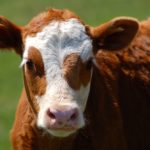
Canadian Veterinary Medical Association launches online platform
Health: News Roundup from the January 2019 issue of Canadian Cattlemen
The Canadian Veterinary Medical Association (CVMA) has created a new online platform for Canada’s veterinarians to aid their decisions on antimicrobial use in animals. The CVMA Guidelines for Veterinary Antimicrobial Use is accessible from a range of devices such as smartphones and laptops. It is searchable and gives vets quick access to information on antimicrobial […] Read more
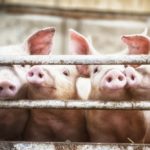
African swine fever – watch and learn
Vet Advice with Dr. Ron Clarke
Many human infectious diseases travel at the speed of the fastest airplane. It’s critical for those involved in the animal protein business — be it beef, poultry or pork anywhere on the globe — to remain vigilant of what’s happening with international neighbours struggling with highly infectious diseases in animals, and learn. No one in […] Read more

Does antibiotic resistance move through the environment?
Research on the Record with Reynold Bergen
Recent columns have talked about antibiotic use in Canadian cow-calf and feedlot operations. Contrary to common misperceptions, antibiotic-resistant bacteria are very unlikely to transfer from cattle to beef, evade food safety interventions in the processing plant, survive cooking, and cause an antibiotic-resistant infection in a person. But can antibiotic-resistant bacteria be transmitted from cattle, through […] Read more
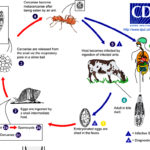
Researchers decode liver fluke behaviour with 3D modelling
Research: News Roundup from the December 2018 issue of Canadian Cattlemen
[UPDATED: Dec. 17, 2018] Thanks to 3D modelling, scientists have a better idea of how a liver fluke infests livestock. Dicrocoelium dendriticum, commonly known as a lancet fluke or lesser liver fluke, can cause liver disease in cattle, sheep and goats. The Merck Veterinary Manual notes that livestock don’t seem to have any immunity to […] Read more

W.A. Ranches’ gift to veterinary medicine and bovine health
The ranch will be home to the University of Calgary’s beef research and extension programs
Students at the University of Calgary’s faculty of veterinary medicine receive hands-on experience at various beef operations. In many ways it’s been a successful approach — after only 10 years, the University of Calgary vet college is ranked among the top 50 vet schools globally. But conducting research at partnering cow-calf operations poses challenges for […] Read more
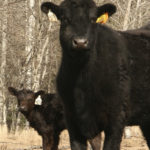
Amplimune receives organic stamp of approval
Health: News Roundup from the November 2018 issue of Canadian Cattlemen
Amplimune, an immunotherapy for calf scours, has received an Organic Materials Review Institute (OMRI) listing in Canada. This means calves treated with Amplimune are in compliance with Canada’s Organic Regime regulations. Amplimune, produced by Nova Vive Inc., is an immunomodulator that reduces the clinical signs and mortality associated with E. coli K99 diarrhea in neonatal […] Read more
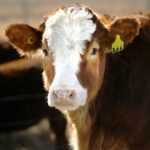
Are you ready for December 1, 2018?
Nutrition with John McKinnon
December 1, 2018, is an important date that all Canadian beef producers should be aware of. It marks the end of the phase-in period, after which Health Canada will enforce new regulations as to how medically important antimicrobials (MIA) that were previously sold over the counter without veterinary prescription are regulated, dispensed and used within […] Read more



